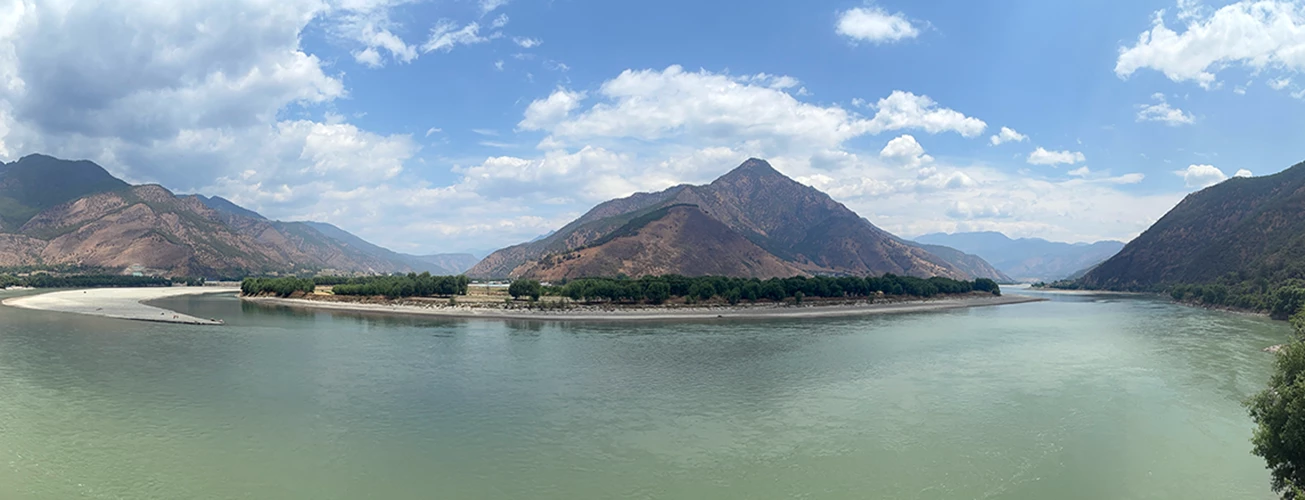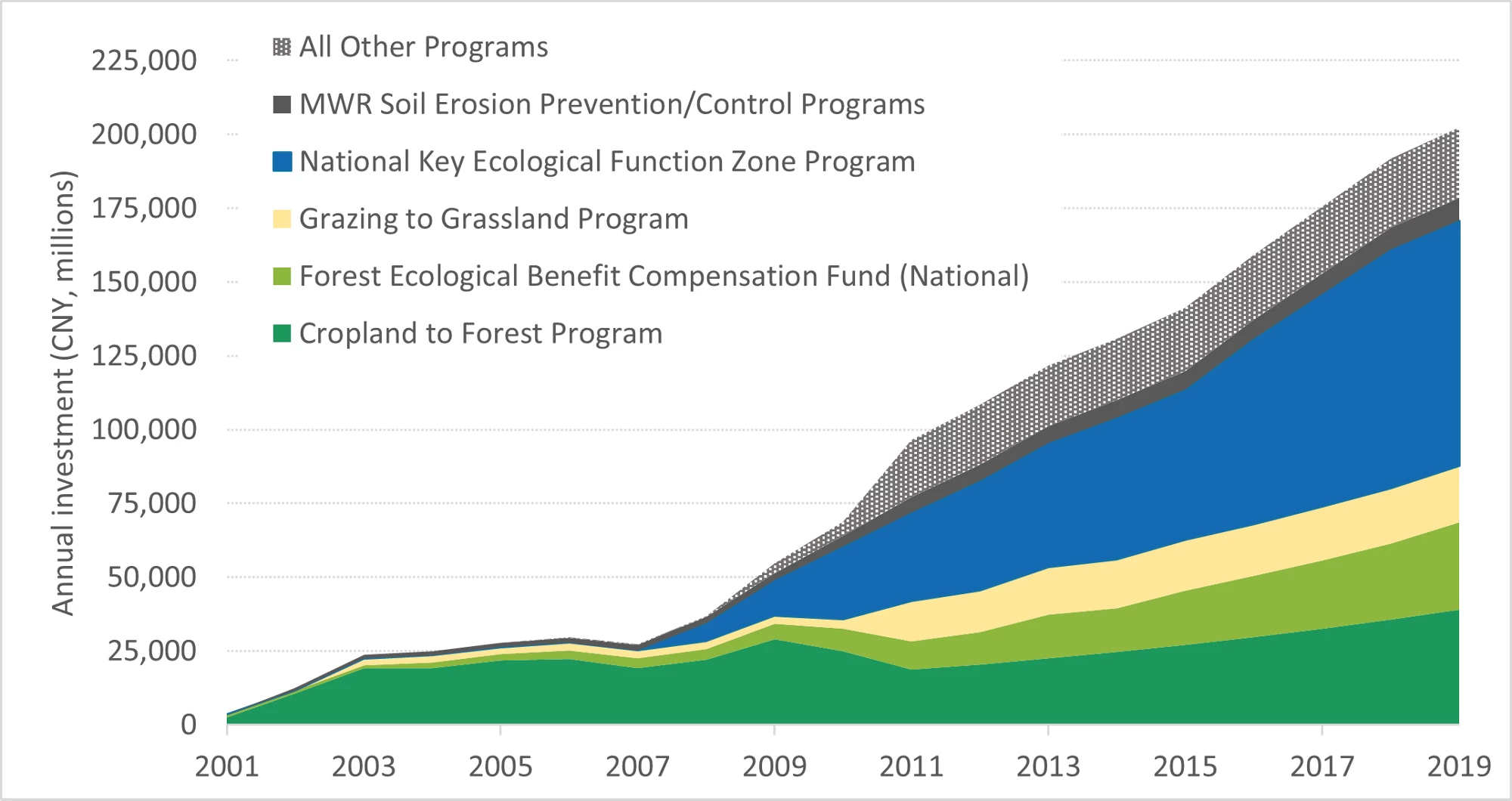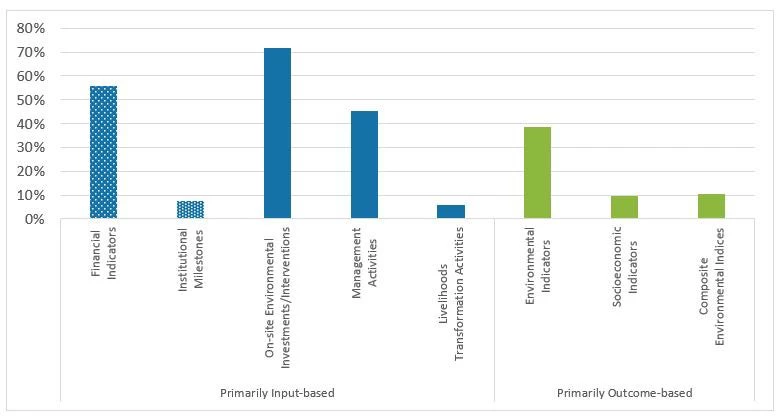 eco-compensation1
eco-compensation1
Did you know that China is a global leader in the use of fiscal transfers for environmental management? If your answer is “no”, you are in the majority. China’s efforts to improve land and water management – using fiscal transfers to incentivize actions by landholders and local governments – are not well known internationally. Even within China, the great breadth and diversity of these programs, known as ecological compensation (“eco-compensation”), means that key design and implementation lessons are easily overlooked.
To address this gap, a new World Bank report documents the scope, diversity, and performance of eco-compensation. Undertaken in collaboration with the Development Research Center of the State Council (DRC), the research assesses trends, challenges, and opportunities, and provide recommendations for these programs’ further development.
The report shows that the nature and scale of eco-compensation have evolved dramatically, encompassing results-based payments for farmers, compensation for those affected by development restrictions, and fiscal incentives for provincial and local governments to meet environmental targets, among others. Since 2001, China has transferred over US$235 billion through such programs, with current annual expenditure more than US$30 billion (Figure 1).
Figure 1: Annual investments by China’s eco-compensation programs have grown rapidly.

These programs have helped address degradation of China’s land, water, and ecosystems. While the roots of environmental degradation go back decades, by the late 1990s its cost had become untenable. Floods, droughts, and dust-storms were costing lives and billions of dollars. Floods in the Yangtze Basin in 1998, for example, exacerbated by deforestation in upper watershed areas, affected 240 million people and inflicted US$37.2 billion in damage. Loss of vegetation due to overgrazing in drier regions of the country, including the Loess Plateau, exacerbated the severity of dust storms and contributed to siltation in major rivers.
In response, the government launched an array of programs targeting rural land and water management. Many of these adopted incentive-based approaches, with direct payments to farmers, and grants to provincial and local governments to incentivize the reforestation of steep slopes, apply soil conservation practices, and revegetate land at risk of desertification. The payments align incentives, ensuring that actions in the national interest are also in the financial interest of those in-charge at local levels. China’s national ecosystems assessment found that between 2000 and 2010, carbon sequestration increased 23.4 percent , soil retention by 12.9 percent, flood mitigation by 12.7 percent, and sandstorm prevention by 3.6 percent, trends that have since continued.

Despite these accomplishments, a whole-of-system view has been elusive. Bringing together government, academic, and other data sources, the report highlights trends including a growing number of innovative water quality programs at local levels, and an increased role for eco-compensation in defraying costs of development restrictions (a complement to spatial planning). It also finds that many programs continue to condition payments on inputs rather than outcomes, potentially reducing the strength of incentives in some instances (Figure 2).
Figure 2: A large proportion of eco-compensation programs continue to rely on input indicators rather than measurement of outcomes.

The report identifies opportunities for strengthening eco-compensation. For water-focused programs, for example, there are at least five key opportunities:
(1) Link basin-level objectives to sub-basin program goals: Objectives developed through improved basin-wide hydrological and water quality modelling, incroprated into improved basin management plans, could be used to guide subnational eco-compensation towards ecosystem synergies.
(2) Increase data transparency to increase accountability and confidence in results. Information availability to the public remains limited. Greater transparency would encourage broader participation, including by the private sector. Collection of a wider range of ecological indicators would support increasingly sophisticated programs and facilitate impact evaluation.
(3) Develop coordination platforms – interjurisdictional standing bodies dedicated to knowledge exchange and capacity building – to lower transaction costs. Platforms would support the rise of new programs, and support dispute resolution between parties within existing programs. River basin authorities could convene such platforms, using their whole-of-basin perspective to promote interjurisdictional coordination, learning, and problem-solving.
(4) Ensure regulatory certainty to encourage development of water-pollution emissions trading. Market-based systems have considerable potential but are underutilized. National- or basin level trading policies, law, and technical guidance (on trading systems, initial allocations, property rights, and price setting) could expedite their development.
(5) Diversify funding to enhance the sustainability of eco-compensation programs. China’s current programs largely rely on government funding. Diversifying funding – for example, through private sector investments in land-based carbon or biodiversity offsets – could support expanded activities.
Such improvements in effectiveness will be important in the context of the National Government’s intention to increase use of eco-compensation. But success will also matter to the rest of the world, as eco-compensation addresses many problems with global implications. Revegetation programs that improve local soil and water quality, for example, also sequester carbon, reduce cross-border dust pollution, and improve global biodiversity. The World Bank increasingly looks for such global-local synergies in its investments in China. For example, the Yangtze River Protection and Ecological Restoration Program, set to begin implementation this year, harnesses an eco-compensation program in Jiangxi to reduce nutrient and plastics pollution with global and local benefits. Many other such opportunities exist.
Benefits for the rest of the world also include learning from China’s experience. One important success factor has been program implementation flexibility. The national government provides funding and broad guidelines while allowing subnational governments the latitude to interpret and adapt based on local conditions. Flexibility is also facilitated through blended government finance opportunities, including national government matching funds, wherein local governments can mix and match funding sources. Other countries may similarly be able to apply such flexible framework approaches. Drawing on these and other findings, eco-compensation’s success can be strengthened at home while serving as a useful example for countries globally.




Join the Conversation